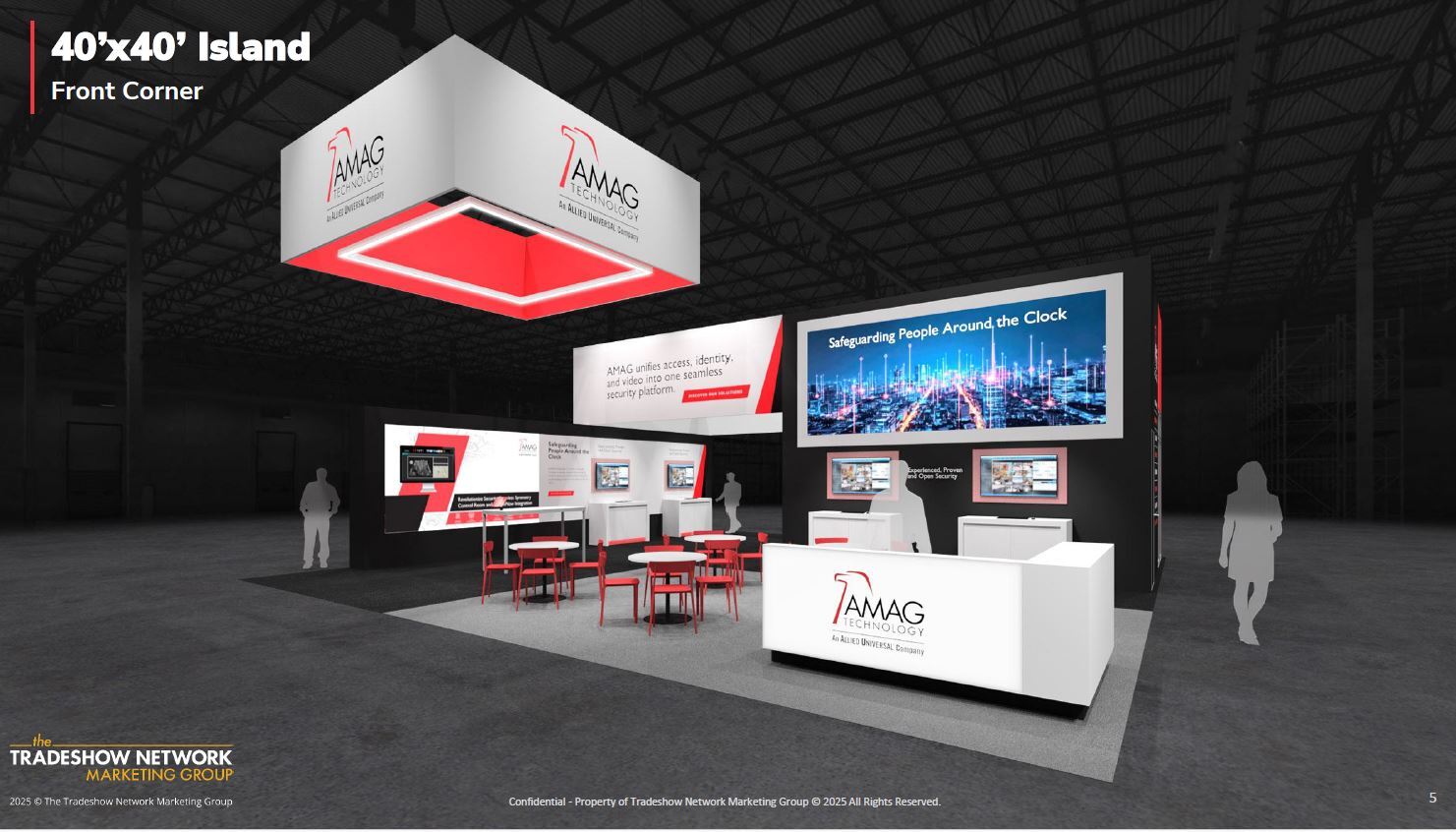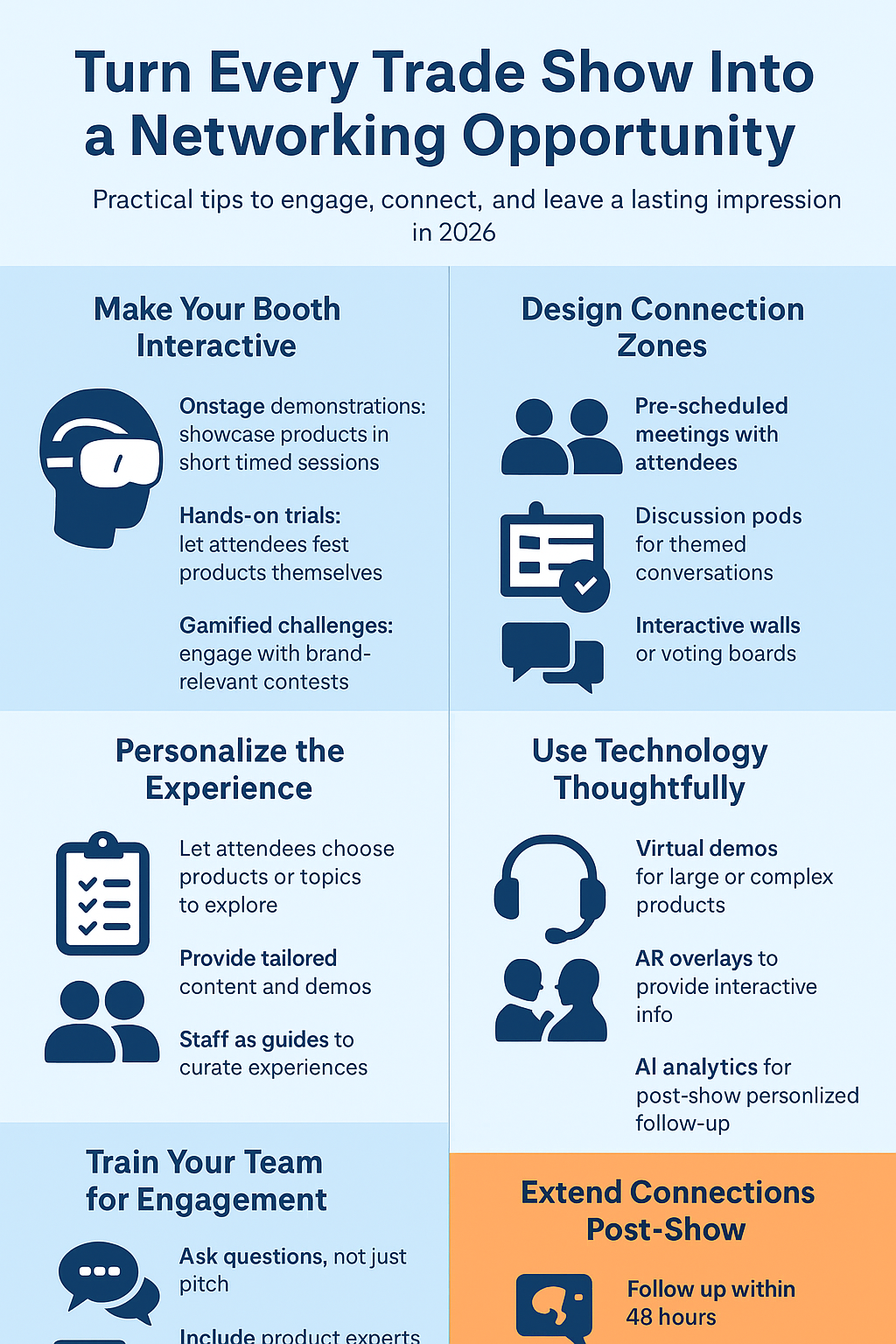The Power of Appearance
July 08, 2010

By: Barry Siskind
I recently read a news article about Debrahlee Lorenzo, an attractive woman who worked at Citibank. The story stated that she was dismissed because the clothes she wore were too provocative and not appropriate to the financial industry image. She fired back with a gender-discrimination suit saying she couldn’t help the way she looks. The case will probably go on for years.
The issue that this raises is what is the appropriate dress for people who work on the front line engaged in face-to-face marketing and selling to customers?
Years ago the answer was simple. People who met customers should look professional; men in ties and women in dresses. One need look no further than the popular television show Mad Men to see how people dressed in the 60’s. But all that has changed. The definition of professional dress has changed. In the 80’s and 90’s the CEO’s of dot com companies in the Silicon Valley, went barefoot, in jeans and tee shirts . Then someone invented dress-down Fridays where regardless of the industry people took one day each work week to look like dot-com executives.
Now when I attend a face-to-face marketing event I never know what I will see.
Some people are over dressed and don’t seem to fit into the industry they represent while others opt for personal comfort in their choice of wardrobe. In the 60’s psychologist Albert Mehrabrian wrote an interesting thesis titled Communication without Words. Mehrabrian studied thousands of workers and found that 55% of their customers’ perception of these people - whether they liked them or trusted them – was passed on through their non-verbal; the way they looked, their body language and how they dressed. Mehrabrian’s work is just as relevant today as it was a half century ago.
The dilemma companies face at face-to-face marketing events is a definition of what is professional and therefore appropriate for their staff to wear. I think there are two answers to this:
1. Dress professionally which means wearing what would be considered appropriate to wear to a client meeting from Monday to Thursday.
2. Everyone dresses the same which gives the company and its representatives an opportunity to stand out at the event they are participating in.
If they choose the latter then there are some considerations in the selection of theme clothing:
a) Look at the wide variety of theme clothing available to expand your choices beyond tee-shirts and sweat shirts. This can include jackets, arm bands, neck ties, hats, scarves etc.
b) Choose a color and theme that complements your display. This gives the appearance that your choice of clothes has been intentional and that your staff are part of the display.
c) Don’t print logos and messages that are so small someone has to be literally standing in front of you to read it. Whether in the display or walking around your staff now becomes a walking billboard.
d) Choose clothes that are gender and physique neutral; you don’t want to make people uncomfortable with your choices.
e) Make it mandatory that all front line staff look the same.
f) Choose good quality.
g) Adjust your choices to the culture and country where you are exhibiting. In some areas of the world a more formal dress code may be the norm.
h) Let your staff keep the clothes after the event. If they take the clothes home and wear them on the weekend, it displays a sense of personal pride in their company.
Now the choice is yours. You can define professionalism measured against what you would normally wear to attend a client meeting or create a look that compliments your display and marketing message.





